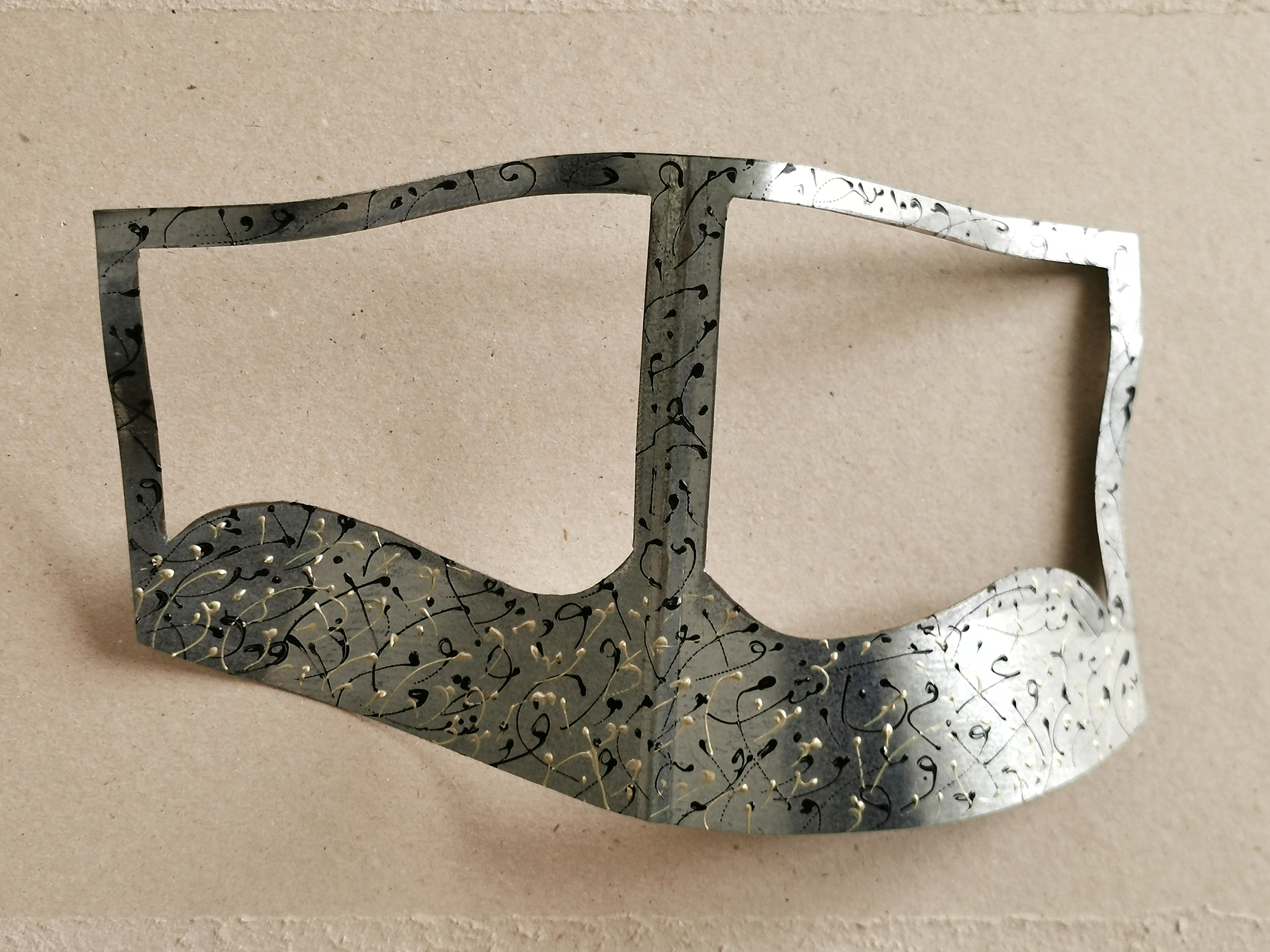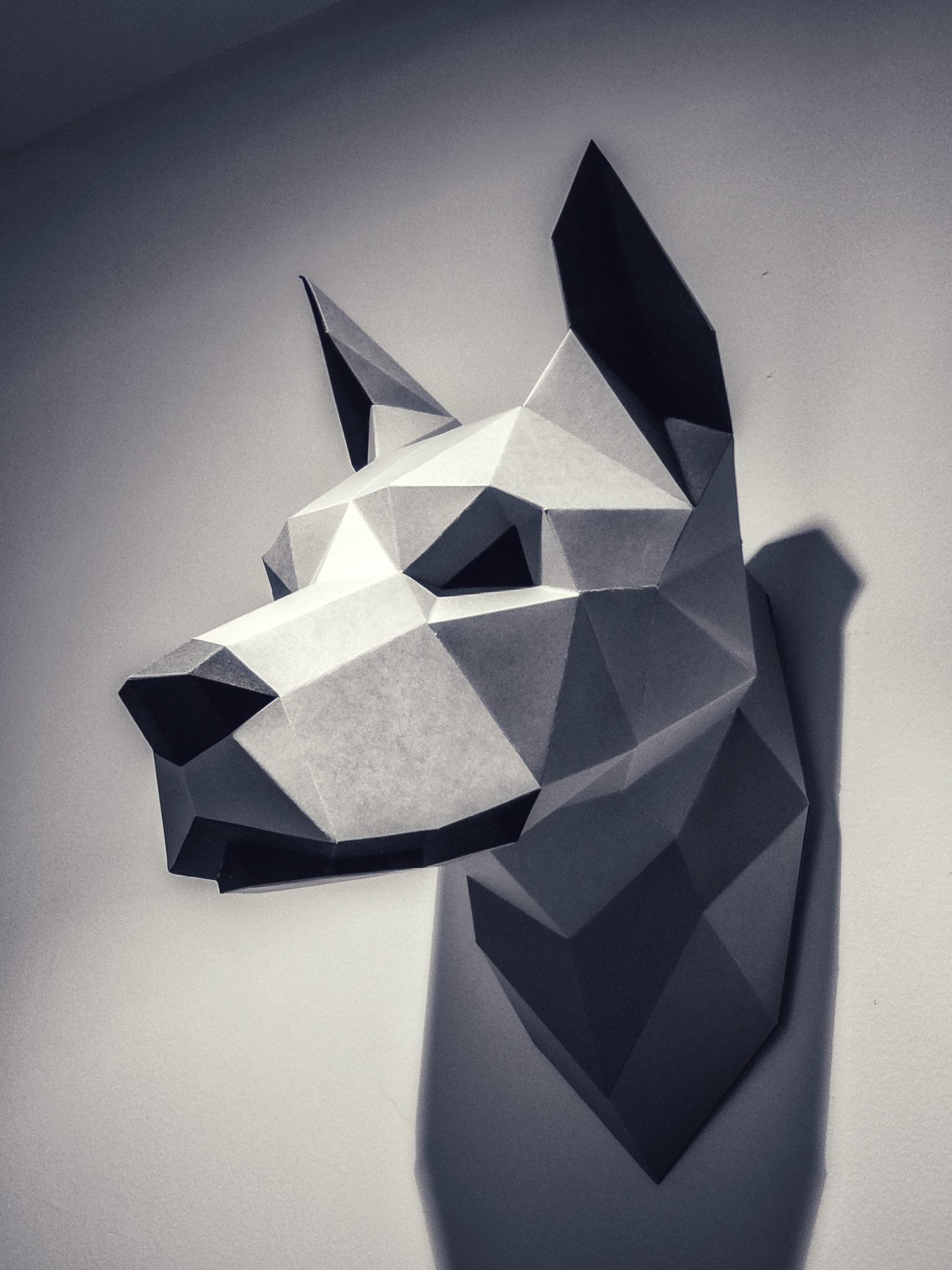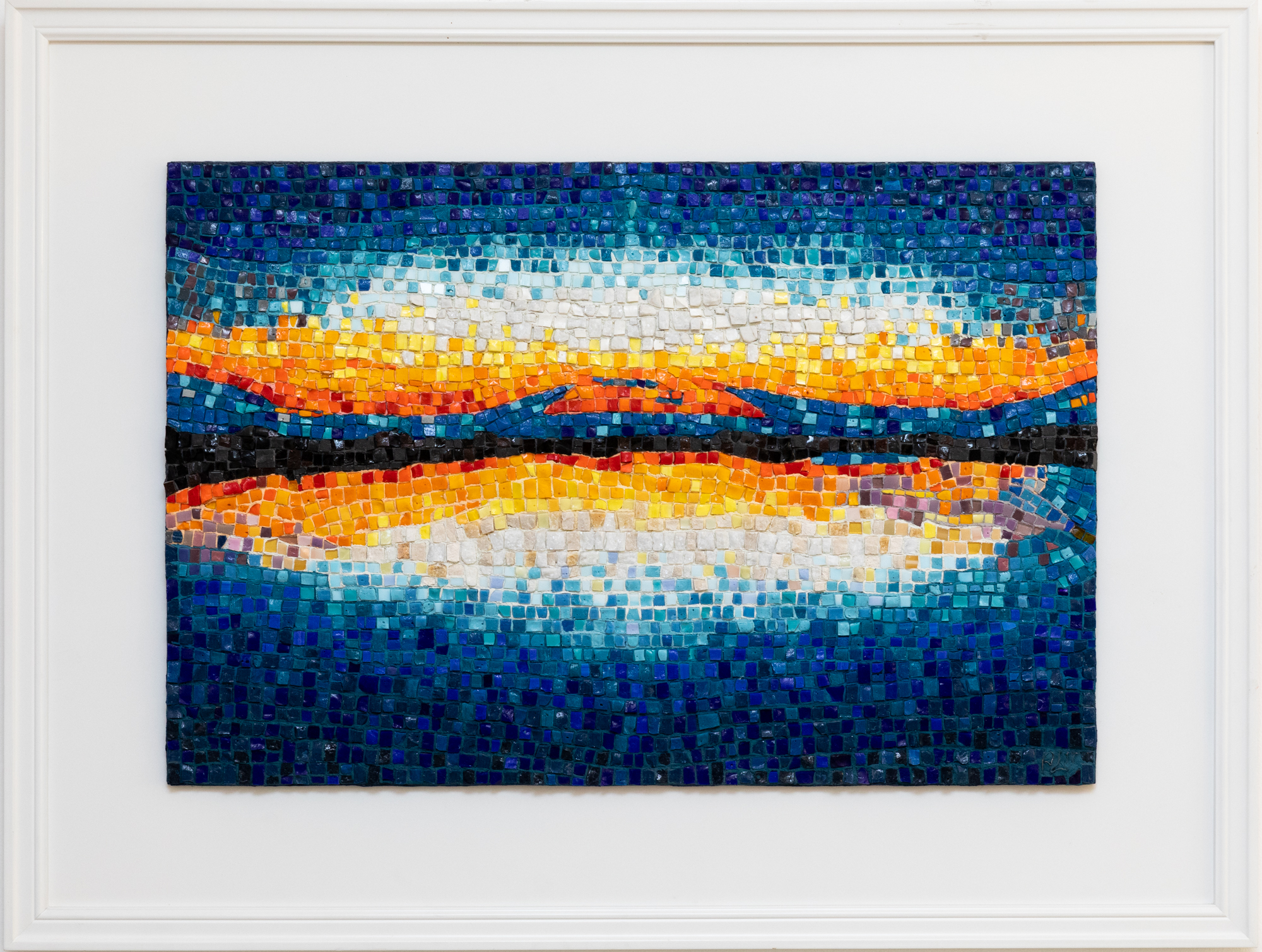


Sculpting and the creation of sculptures embody one of the most imaginative forms of expression and personal interpretation. Through the skilled use of one's hands and artistic vision, tangible materials are transformed into unique forms, evoking powerful sensations and conveying profound meaning.
When engaging in the art of sculpting, the choice of material holds a pivotal role in shaping the appearance and essence of the artwork. It directly influences production costs, the pricing of the final piece, and its long-term durability. Different materials offer a wide range of possibilities and creative freedom for sculptors. Clay, for example, is often favored by many artists due to its forgiving nature and immediate availability for molding and shaping. With specialized tools, sculptors can meticulously carve intricate designs or repetitive patterns into the clay, infusing the sculpture with depth and complexity.

Jassim Al Awadhi’s sculpture of a Burqaa.
Among the most popular materials used in contemporary sculpture is bronze. Known for its exceptional strength and resistance to corrosion, bronze is ideal for outdoor sculptures that can withstand the elements. Properly cared for, bronze sculptures can endure for centuries. However, it is important to note that bronze is also one of the more expensive materials, which should be taken into consideration when budgeting for a purchase.

Armin Shahhosseini’s modern sculpture.
Ceramics offer a more cost-effective alternative to metals, making them a viable option for those on a limited budget. These sculptures come in a wide variety of colors and styles, making them popular among art enthusiasts. Similarly, wooden sculptures present a diverse range of colors and styles, appealing to collectors with their unique characteristics.

Ana Laserna Villa’s mosaic sculpture of Sunrise-Sunset.
Other materials such as sandstone, mosaic, and even paper provide sculptors with flexibility and affordability, expanding the creative possibilities. Engaging in sculpture can be an immensely enjoyable and fulfilling experience, as it allows individuals to use their own hands and practical skills to bring three-dimensional visions to life. The only limitations in this art form are one's patience and creativity. If an idea takes shape, simply choose the desired material and embark on the transformative journey of sculpting.
Feature Image: Freeman Lau